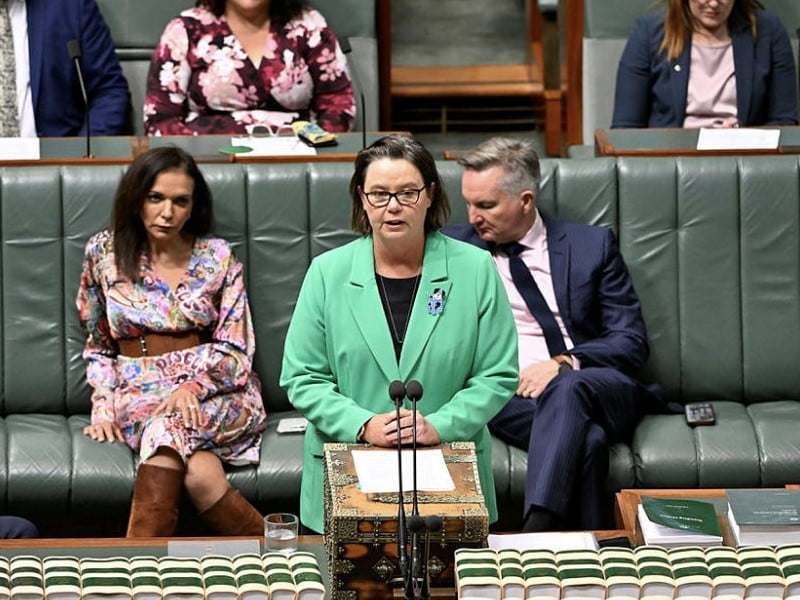An update of Australia’s critical minerals list is underway with the release of a consultation paper by Resources minister Madeleine King on Thursday.
The Australian government’s list currently includes 26 metallic and non-metallic minerals deemed critical given their importance for modern technologies, the economy or national security, and where there is a risk of supply chain disruption.
Some of the minerals on the list include rare-earth elements lithium, cobalt, and vanadium, while silicon and high-purity alumina were added in March 2022.
The list does not include copper or nickel, although the metals are used in technologies related to the energy transition.
Australia is the world’s largest producer of lithium, the third largest producer of cobalt and fourth largest producer of rare earths. It also produces significant amounts of copper and nickel.

The consultation paper said the update to the list would be “based on a rigorous methodology involving; technical and market analysis, work with Australian government science agencies, consultation with industry, other experts and strategic international partners”.
Analysis would look at Australia’s domestic mineral vulnerabilities, sovereign capability needs, and the criteria used to assess whether a mineral is critical, including the criteria of priority partners, the consultation paper said.
Priority technologies for critical minerals, as outlined in the critical minerals strategy, include battery cells, components and pre-cursor materials, catalysts for hydrogen production, semiconductors, defence technologies, and high performance alloys.
Minister King said the update of the list would “help Australia capitalise on our amazing potential to create new industries and new jobs”.
“Building a strong and reliable critical minerals sector will help Australia and the world achieve net zero emissions, while creating thousands of new jobs and supporting economic growth for decades to come,” she said.
The United States critical minerals list includes 50 minerals, after it added 13 more in 2022. However, it has individually listed rare-earth elements and platinum-group elements, unlike the Australian list.
Minerals that are on the United States’ list but not the Australian list include tin, zinc, and nickel. It has also issued a draft ‘critical minerals for energy’ list, containing 17 minerals.
The European Union list includes 34 minerals, while the Chinese government has named 18 when you exclude fossil fuels and uranium. South Korea and the United Kingdom divide minerals into tiers of importance.
The update to the list is a part of the Critical Minerals Strategy 2023-2030. It will close to submissions on August 17. Views outlined in the consultation process ahead of the Critical Minerals Strategy update will also be considered.
Deepening international cooperation on critical minerals is a key focus of the Critical Minerals Strategy, with a plethora of agreements signed earlier this year, including the Critical Minerals and Clean Energy Transformation Compact signed with the United States.
Last week, the Treasurer issued his second order to block a critical minerals investment in Australian critical minerals. Austroid was hoping to fully acquire Alita Resources, which operates the Bald Hill lithium mine. It currently holds a 10 per cent stake in the firm.
Mike Que is the sole director of the United States registered Austroid Corporation as well as Liatam Mining and investment vehicle China Hydrogen Energy Limited, which could not get approval from the Foreign Investment Review Board for a takeover of Alita in 2019.
Do you know more? Contact James Riley via Email.

